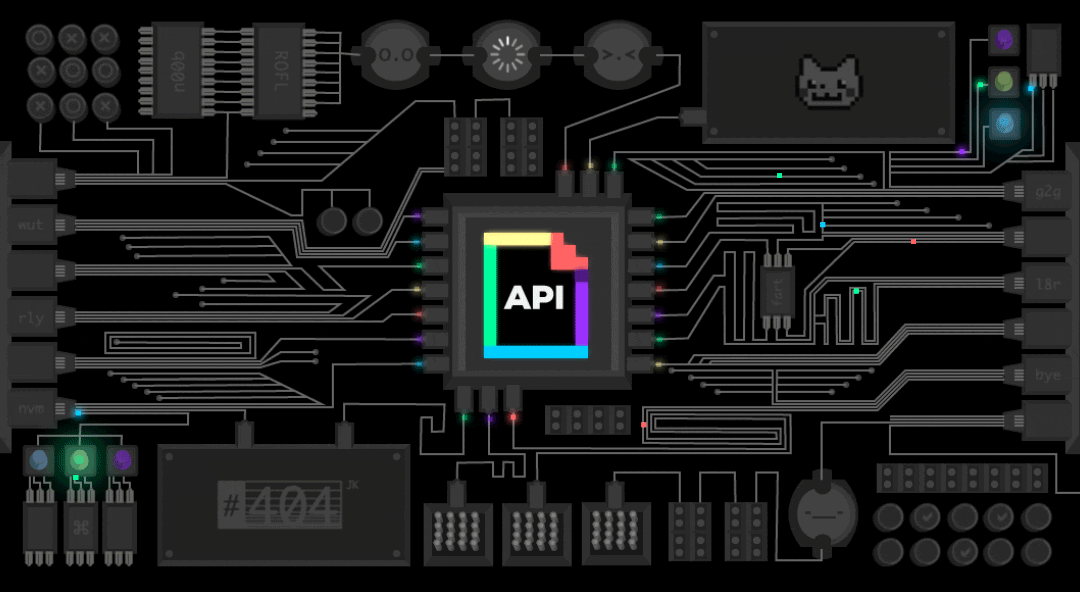63 個專案實戰,寫出作品集,讓面試官眼前一亮!
React 生態系統非常龐大,這要歸功於開發者社群。 數以千計的套件、庫和框架使其如此強大。 今天,我們正在探索 17 個很酷的 React 專案,它們對開發人員非常有用。我還介紹了三個很棒的 UI 元件庫。 讓我們跳進去吧。 --- 1. [Tolgee](https...
JavaScript 不斷進化,掌握這種語言是撰寫更乾淨、更高效代碼的關鍵。💻✨ 無論你是剛開始學習或是精進現有技能,這些不太為人知的技巧和小貼士將幫助你撰寫更聰明的 JavaScript。🚀🔍 ## 1. 無需臨時變數交換變數 在編碼中,交換變數是一個常見需求,而 JavaScri...
Axios 和 Fetch 是在 JavaScript 中進行 HTTP 請求的兩個流行工具,但它們有一些主要的不同之處。以下是詳細比較: ##Axios 內建功能:Axios 具備許多內建功能,如自動 JSON 轉換、請求和回應攔截器,以及請求的取消功能。 瀏覽器相容性:它支援舊版瀏...
在這篇部落格中,我們將使用 **Socket.io** 來構建一個 **即時聊天應用程式**,進行雙向通信,使用 **Express.js** 作為伺服器,**React.js** 作為前端,並使用 **Chakra UI** 進行樣式設計。我們將使用 **Vite** 快速開發來設置專案。 ...
## 我第一次遇見 ts-pattern 幾個月前,我正在檢查客戶的程式碼庫,裡面充斥著眾多的 switch 陳述句和分散在多個檔案中的物件字面量,這使得可讀性和可維護性變得一團糟。 在一次與我的隊友 Erick 的配對程式設計會議中,他分享了他的螢幕,並給我展示了一個他正在測試的庫。 ...
授權是我們應用程式中決定使用者可以在何種資源上執行哪些操作的過程,這是每個應用程式的重要要求。實施[基於角色的存取控制 (RBAC)](https://www.permit.io/blog/an-introduction-to-role-based-access-control) 是一個簡單的方法來...
JavaScript 持續演進,即將推出的 ECMAScript 2024 (ES15) 為語言帶來一系列新特性和改進。這些更新旨在提高開發者的生產力、代碼的可讀性和整體性能。讓我們探討 ES15 中一些最值得注意的新增功能。 ## 1. 增強的字串操作 ES15 引入了新的字串操作方法...
Encore.ts 是 TypeScript 的開源後端框架。本指南將引導您了解如何將[Express.js](https://expressjs.com/)應用程式遷移到[Encore.ts,](https://encore.dev)以獲得類型安全的 API 和 9 倍的效能提升。 為什麼要...
在現代 Web 開發中,管理客戶端資料已成為一項基本技能。開發人員經常依賴 localStorage、sessionStorage 和 cookie 在使用者瀏覽器中儲存資料。雖然這三種機制具有相似的目的,但它們在容量、持久性和用例方面存在明顯差異。在本部落格中,我們將透過範例探討這些差異,以幫助您...
資料庫是當今(幾乎)每個軟體的重要組成部分。在這篇文章中,我將告訴您開始與他們合作所需了解的一切。 什麼是資料庫? ======= 如果您管理文件或資料夾中的訊息,您遲早會發現: - 您有多個包含相同資訊的文件 - 您有多個關於相同主題但資訊不同的文件,因此很難理解...
人工智慧風靡一時,並且有大量的炒作。有人說這將改變我們所知道的世界(以錯誤的方式),而其他人則說這是一種時尚。 然而,正如埃隆馬斯克所說,“最有趣的結果是最有可能的。” 人工智慧不會殺死我們所有人,它也不是一種時尚。相反,它將提高我們的生產力,建立更複雜的系統。 可能是其中最好的,並且擁有最大的社區。 那麼讓我...
在本教程中,您將學習如何建立人工智慧驅動的測驗應用程式,該應用程式使用戶能夠選擇主題、回答與該主題相關的問題,並在完成測驗後立即收到分數。 此測驗的問題將使用 OpenAI API 動態生成,方法是提供以所需 JSON 格式傳回問題的特定提示。在建立此應用程式時,您還將學習如何將 OpenAI...
你剛開始你的 React 之旅嗎?您即將踏上令人興奮的旅程! React 徹底改變了我們建立使用者介面的方式,但與任何強大的工具一樣,它也有自己的一套最佳實踐。今天,我們將探索 7 個簡單但改變遊戲規則的技巧,這些技巧將提高您的 React 技能,並使您的程式碼更乾淨、更有效率、更專業。 1....
如果您正在建立前端應用程式,您可能會使用資料。無論您是從 API 取得資料、處理表單提交還是管理狀態,您都需要確保您正在使用的資料有效。Zod 登場,你最好的新朋友。在本文中,我們將探討如何將這個強大的函式庫與 TypeScript 結合使用來驗證前端應用程式中的資料。 Zod 是什麼? -...
我開發人工智慧和非人工智慧應用程式已經有一段時間了。雖然建立原型相對簡單,但建立真正為現實世界做好準備的人工智慧系統卻是一項更具挑戰性的任務。 該軟體需要 - 可靠且維護良好。 - 遵守安全標準(SOC2、ISO、GDPR 等)。 - 可擴展、高效能、故障安全等等。 儘...
 ### 1.Mapbox **API 範例** Mapbox 提供全面的工具和準確的位置資料,您可以使用它們...
簡介✨ ------ 在這個簡單易懂的教學中,您將學習如何使用 cron jobs從頭開始建立自己的 Instagram 自動化工具。 😎 **您將學到什麼:👀** - 了解如何在 Python 專案中設定**日誌記錄**。 - 學習使用**python-crontab**...
**幾個月前,我們發布了[Encore.ts——](https://github.com/encoredev/encore)一個 TypeScript 的開源後端框架。** 由於已經有很多框架,我們想分享我們所做的一些異常設計決策以及它們如何帶來顯著的效能資料。 性能基準 ---- ...
我已經使用 Python 和 JavaScript 進行開發,從事人工智慧和非人工智慧專案已經有一段時間了。 我注意到與人工智慧開發相關的生態系統很大程度上偏向 Python。然而,Javascript/Typescript 比 Python 有一些明顯的優點。 - **效能**:Jav...
精選技術文章、免費程式設計資源、以及業界重要新聞!
也歡迎訂閱 YouTube 頻道,觀看每週二晚間的《CodeLove Talk》直播節目,一起討論軟體開發相關的話題!